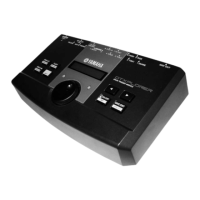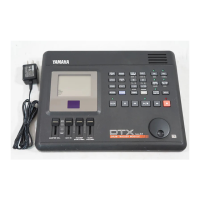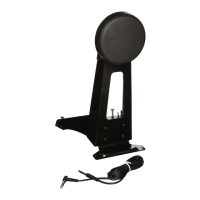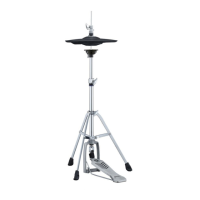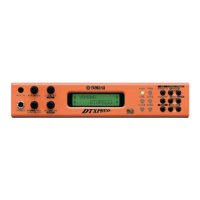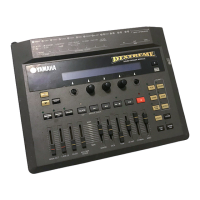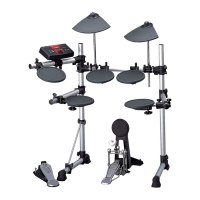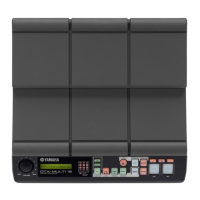FGDP-30 User Guide 1
Finger Drum Pad
FGDP-30 User Guide
• " CAUTION" messages in this Guide contain information that we ask you to follow in
order to avoid the possibility of physical injury to you or others.
• "NOTICE" messages in this Guide contain information that we ask you to follow in order
to avoid the possibility of malfunction/damage to the product, damage to data, or
damage to other property.
• "NOTE" messages in this Guide contain instructions and additional information that
might be helpful.
• All illustrations included in this user guide are for the purpose of explaining operation.
• Windows is a registered trademark of Microsoft® Corporation in the United States and
other countries.
• macOS and App Store are trademarks of Apple Inc., registered in the U.S. and other
countries.
• IOS is a trademark or registered trademark of Cisco in the U.S. and other countries and is
used under license.
• Android and Google Play are trademarks of Google LLC.
• The company names and product names in this guide are the trademarks or registered
trademarks of their respective companies.



